Last updated 1 year ago ago | Originally Published: October 3, 2024
The 1800s in the United States were marked by pivotal moments of transformation, including westward expansion, industrialization, and social reform movements. As railroads and factories shaped daily life, new industries emerged, as did the candy industry. Indeed, early American candy brands found their footing during this time, fueled by sugar production and transportation advances. Westward pioneers, such as those on the Oregon Trail, often carried simple sweets like licorice and peppermint to sustain them on long journeys. Meanwhile, urbanization led to a rise in confectionery shops in cities, offering candy brands that would become a central part of American culture and tradition. Candy quickly became an affordable luxury in the changing American landscape of the 19th century.
Challenge: If you can think of only one brand of 1800s candy we didn’t list, let us know in the comments. If it’s confirmed to be correct, we’ll give you all the credit, add the brand to our list, and send you a 10% discount code that you can use for anything in our store!
Candy by Decades:
- 1800s Candy
- 1900s Candy
- 1920s Candy
- 1930s Candy
- 1940s Candy
- 1950s Candy
- 1960s Candy
- 1970s Candy
- 1980s Candy
- 1990s Candy
- 2000s Candy
Cadbury (1824)
Cadbury was founded in 1824 by John Cadbury in Birmingham, England. Originally a purveyor of tea, coffee, and drinking chocolate, Cadbury later became one of the world’s largest chocolate manufacturers. By the mid-19th century, the company had shifted its focus to producing chocolate confections. Introducing its Dairy Milk bar in 1905 helped establish the brand’s popularity. Cadbury became well-known for its chocolate bars and Easter eggs, playing a major role in shaping the chocolate industry.


Cella’s (1864)
Cella’s was established in 1864 and became known for its chocolate-covered cherries. The company specializes in crafting fruit-filled chocolate confections, particularly its signature cherries with liquid centers. Cella’s gained prominence for its carefully produced, single-cherry chocolates, often associated with holiday treats and gift-giving occasions. The brand has since become a part of Tootsie Roll Industries, continuing its legacy of producing cherry-filled chocolates that remain popular across North America.
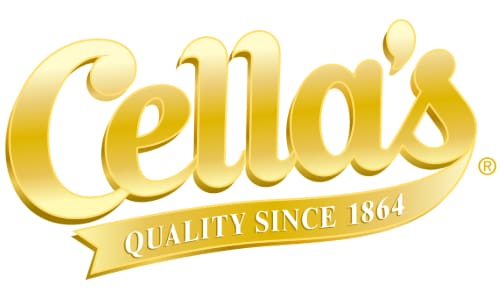

Heide Candy (1869)
Heide Candy Company was founded in 1869 by German immigrant Henry Heide in New York City. Specializing in gummies and licorice, it introduced iconic candies such as Jujubes, Jujyfruits, and Red Hot Dollars. Heide became known for its gummy candies, mainly due to their dense and chewy texture. The company was an early innovator in the gummy candy market in the United States. Over the years, its products have become nostalgic favorites, although the brand has been passed through various ownership changes.
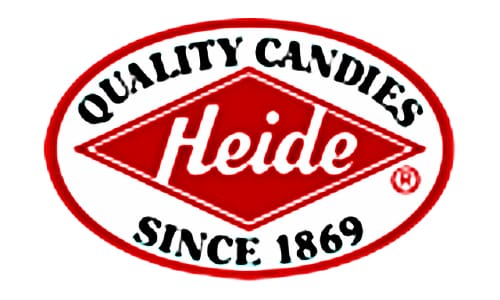

Jelly Belly (1869)
Jelly Belly traces its origins to 1869 when Gustav Goelitz founded the Goelitz Confectionery Company in Illinois. The company initially produced a range of candies, but it wasn’t until the 1970s that the jelly bean became its signature product. The jelly beans became widely known after gaining popularity with U.S. President Ronald Reagan in the 1980s. Today, Jelly Belly is recognized for its wide variety of flavors, maintaining its reputation in the jelly bean industry.
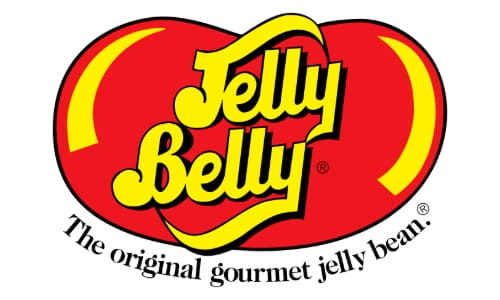

Doscher’s Candy (1871)
Doscher’s Candy Company was established in 1871 by Claus Doscher in Cincinnati, Ohio. The company is best known for producing handmade candy canes and French Chew taffy. Doscher’s has retained its traditional methods for over a century, including hand-pulling taffy and forming candy canes. This emphasis on artisanal production has allowed the company to maintain a loyal customer base. The French Chew, in particular, has become a staple product enjoyed across generations for its unique, chewy texture.
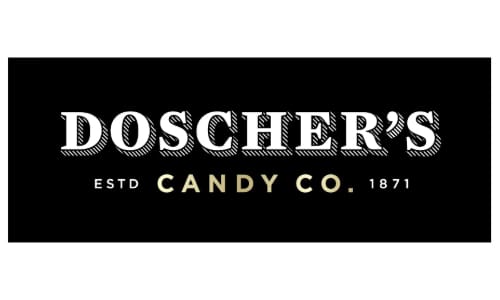

Gustaf’s Candy (1876)
Gustaf’s Candy was founded in 1876 and is a brand rooted in the tradition of Dutch candy-making. The company specializes in licorice, a popular treat in Europe, particularly the Netherlands and Scandinavia. Gustaf’s offers a variety of licorice products, including salty, sweet, and double-salted varieties. Known for importing high-quality licorice to the United States, the brand has become a favorite among those who love licorice. Gustaf’s remains an importer of Dutch licorice, continuing its long-standing legacy in the candy market.


Washburn Candy (1856)
Washburn Candy Company was founded in 1856 in Boston, Massachusetts. It is best known for producing a variety of traditional hard candies. In 1906, the company merged with Crosby & Co., becoming the New England Confectionery Company (Necco). Washburn Candy’s early offerings included well-known products like penny candies and fruit-flavored sweets. While its brand identity eventually merged under Necco, Washburn Candy’s legacy as an early American candy manufacturer helped shape the candy industry in New England.
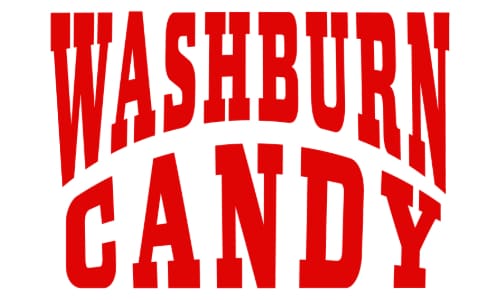

Lindt Chocolate (1845)
Lindt & Sprüngli, commonly known as Lindt, was founded in 1845 in Zurich, Switzerland, by confectioner David Sprüngli and his son Rudolf. Initially, the company produced solid chocolate in tablet form. In 1879, Rodolphe Lindt, a key figure in the company, invented the conching process, revolutionizing chocolate production by creating a smoother, creamier texture. Lindt is renowned for its premium chocolates, including truffles and bars, and is a global leader in the high-quality chocolate market.
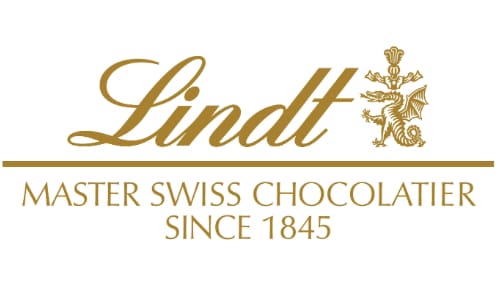

Necco Candy (1847)
The New England Confectionery Company, commonly known as Necco, was founded in 1847 by Oliver Chase in Boston, Massachusetts. Chase invented the first candy-making machine, leading to the production of the iconic Necco Wafers. The company became one of the oldest continuously operating candy companies in the U.S. Necco’s products, like Sweethearts and Necco Wafers, gained widespread popularity, especially around holidays. Necco faced financial struggles in later years, leading to its closure in 2018.
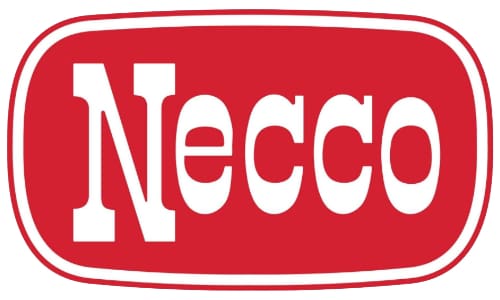

Good & Plenty (1893)
Good & Plenty was introduced in 1893 by the Quaker City Confectionery Company in Philadelphia, Pennsylvania. It is known for being the oldest branded candy in the United States, with its distinctive pink-and-white candy-coated licorice pieces. The product has maintained its iconic look and recipe for over a century, becoming a favorite among licorice lovers. Good & Plenty was later acquired by Hershey’s and remains a staple in the licorice candy market.


Reeds Candy (1893)
Reeds Candy was established in 1893 by William and Eugene Reed in Chicago, Illinois. The company became well known for its hard candy rolls, offering flavors like butterscotch, root beer, and peppermint. Reed’s candy rolls were notable for their individually wrapped pieces, making them a popular portable treat. The brand changed ownership multiple times throughout the 20th century but remains known for its traditional hard candies, which have experienced various revivals over the years.


Hershey (1894)
Milton S. Hershey founded Hershey in 1894 in Lancaster, Pennsylvania. Focused initially on producing chocolate coatings for caramels, the company quickly expanded to manufacture milk chocolate bars, becoming the first mass producer of chocolate in the United States. Hershey’s Milk Chocolate Bar, introduced in 1900, became a household name. Today, Hershey’s is one of the largest and most recognizable chocolate brands globally, offering a wide range of chocolate products and confections.


Goetze’s Candy (1895)
August Goetze founded Goetze’s Candy Company in 1895 in Baltimore, Maryland. The company initially produced a variety of confections, but it is best known for its signature Caramel Creams, also known as “Bulls-Eyes.” These soft caramel candies with a cream center became the company’s flagship product. Over the years, Goetze’s has maintained its focus on caramel-based treats, remaining a family-owned business and a prominent name in the American candy industry.


Tootsie Roll (1896)
Tootsie Roll was first produced in 1896 by Leo Hirshfield, an Austrian immigrant, in New York City. The candy, named after his daughter’s nickname “Tootsie,” became the first individually wrapped penny candy in the U.S. Known for its chewy, chocolate-flavored, taffy-like texture, Tootsie Roll gained widespread popularity and became a staple in American candy culture. Today, Tootsie Roll Industries produces a wide range of candies, but the original Tootsie Roll remains one of its best-known products.


Gimbals Candy (1898)
Gimbals Fine Candies was founded in 1898 in San Francisco, California. The company is best known for its gourmet jelly beans, licorice, and other chewy candies. Gimbals gained attention for its allergen-free candy production, ensuring its products were free from common allergens like peanuts, tree nuts, and gluten. The company developed a reputation for producing high-quality confections, though it faced financial difficulties and closed its doors in 2016 after over a century of operation.
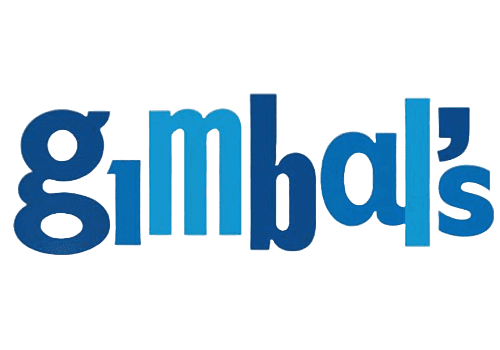

Dentyne (1899)
Dentyne was introduced in 1899 by New York pharmacist Franklin V. Canning. It was marketed as a chewing gum that promoted dental health, with the name derived from “dental” and “hygiene.” The gum was formulated to help clean teeth and freshen breath, positioning it as a functional alternative to traditional chewing gums. Dentyne became one of the leading chewing gum brands in the 20th century and remains popular today, offering a variety of flavors and sugar-free options.
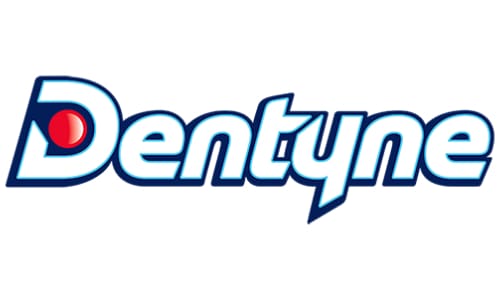

Ashers Candy (1892)
Asher’s Chocolate Co. was established in 1892 by Chester A. Asher in Pennsylvania. Known for its wide range of chocolate confections, including chocolate-covered pretzels, caramels, and other treats, Asher’s has become a well-known name in premium chocolates. The company has remained family-owned and continues to produce its products using traditional methods. Asher’s is recognized for offering chocolate and sugar-free options, making it a staple in the American chocolate market for over a century.
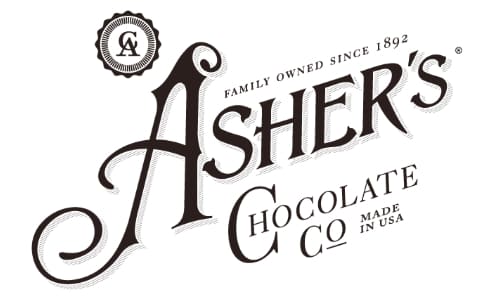

Wrigley (1891)
Wrigley was founded in 1891 by William Wrigley Jr. in Chicago, Illinois. Initially, the company sold soap and baking powder, offering chewing gum as a promotional item. The gum proved more popular than the products it was meant to promote, leading Wrigley to focus solely on gum. In the 1890s, the company introduced iconic brands like Juicy Fruit and Wrigley’s Spearmint, which became hugely successful. Wrigley is now a global chewing gum leader known for its innovative marketing and product development.
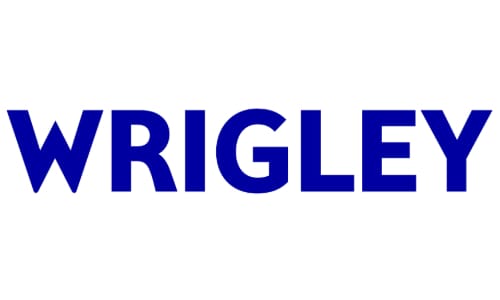

About Candy Retailer
Candy Retailer is a family-owned online store based in Newport, Kentucky. We specialize in candies from the 1800s, a foundational era in American confectionery. We focus on offering iconic treats from this period, such as Tootsie Rolls, Necco Wafers, and Good & Plenty. Our modern, temperature-controlled facility ensures every order arrives fresh and ready to enjoy. Whether rediscovering old favorites or exploring these historical classics, Candy Retailer brings you the best of 19th-century candy. Explore our 1800s candy selection today! You can also follow us on Facebook to discover store deals, updates, and new product drops!
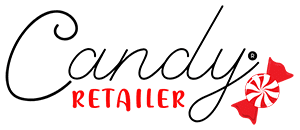


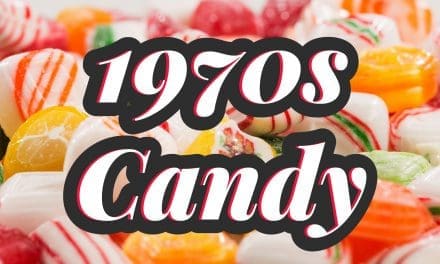

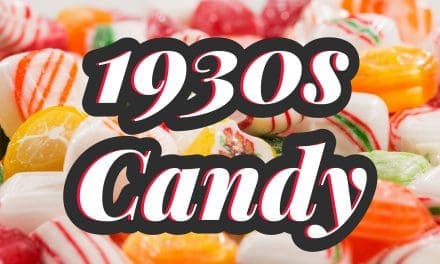
Recent Comments